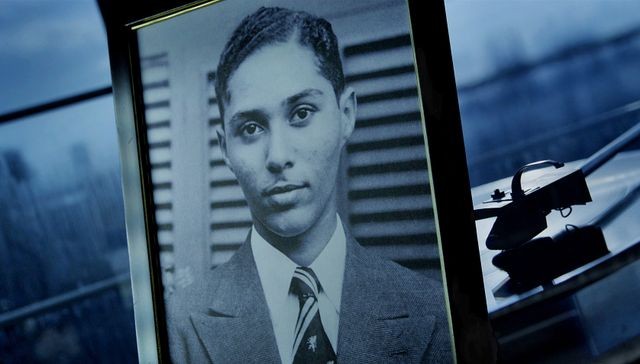Daniel Kojo Schrade: Broadening the Understanding of Diaspora
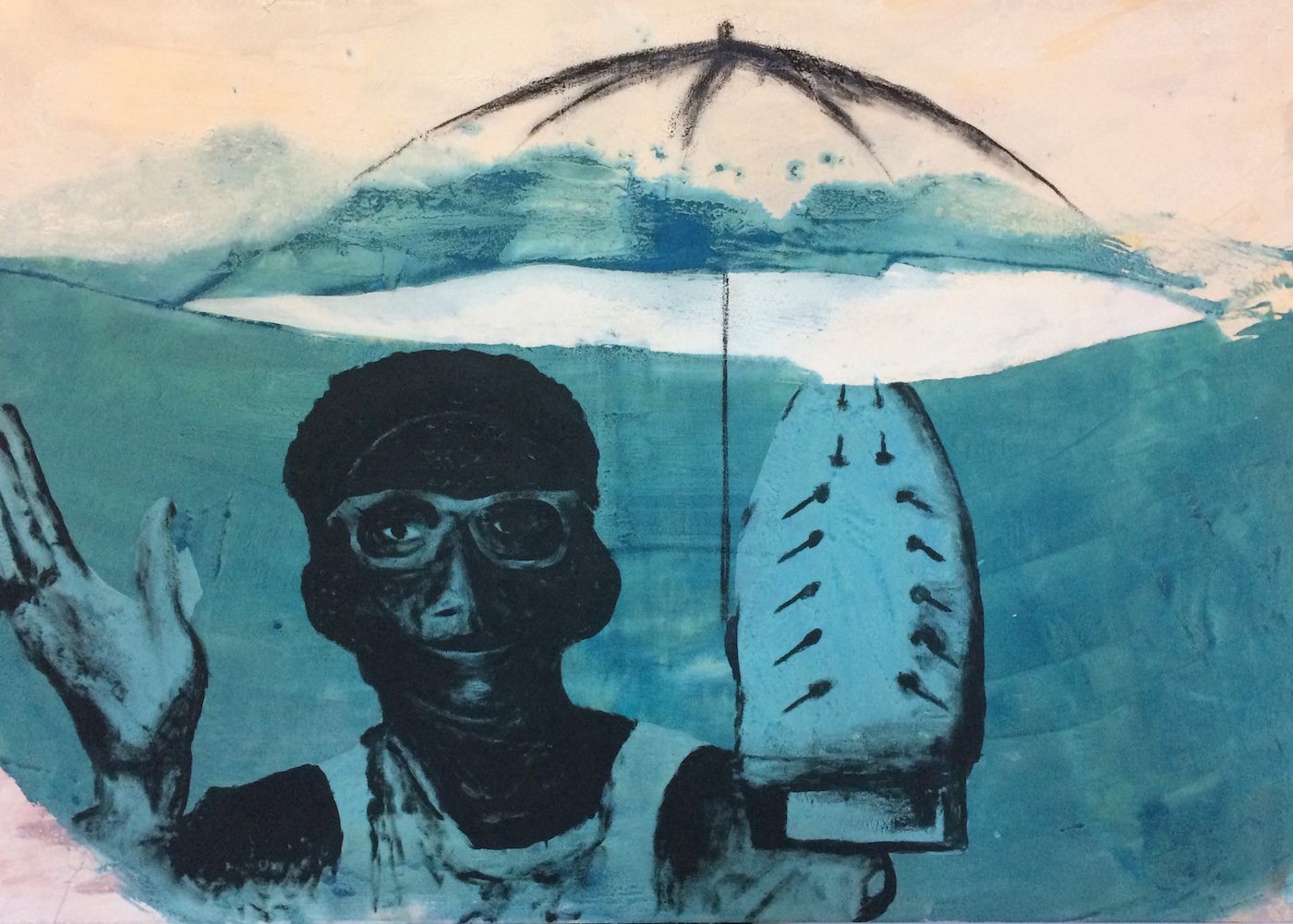
18 August 2021
Magazine C& Magazine
4 min read
C&: Since 2008 you’ve been teaching at Hampshire College in Amherst, and you’ve taught in Germany and in Ghana. What are the specific challenges in teaching US students? And what are the main differences between your students in these different countries? DKS: The differences are quite significant. Hampshire College is a liberal arts college and …
C&: Since 2008 you’ve been teaching at Hampshire College in Amherst, and you've taught in Germany and in Ghana. What are the specific challenges in teaching US students? And what are the main differences between your students in these different countries?
DKS: The differences are quite significant. Hampshire College is a liberal arts college and therefore demands that students fulfill certain humanistic or holistic requirements. Students concentrating on the visual arts have to take a specific number of classes or seminars in the social sciences, humanities, and natural sciences. I require the studio art concentrators I work with to take critical art theory, art history, philosophy, and cultural studies courses. At Hampshire College, each student develops their own curriculum with the help of two faculty members of their choice, sometimes from very different fields. I have worked with colleagues in Africana studies to develop a curriculum in critical race theory and installation art for one student, for example. I have also worked with a chemistry professor to develop a curriculum for a student interested in crafting self-made paints. These cooperations with fellow professors and students can be very inspiring and they are never the same. At times there can be a certain consumer mentality in the room, however, which is often related to the high tuition and study fees that students and their families at US institutions of higher education have to come up with. While professor-student relationships can be quite challenging at German universities or academies of art, the institutions there have a profoundly different structure and are therefore not really comparable with a liberal arts college in the US.
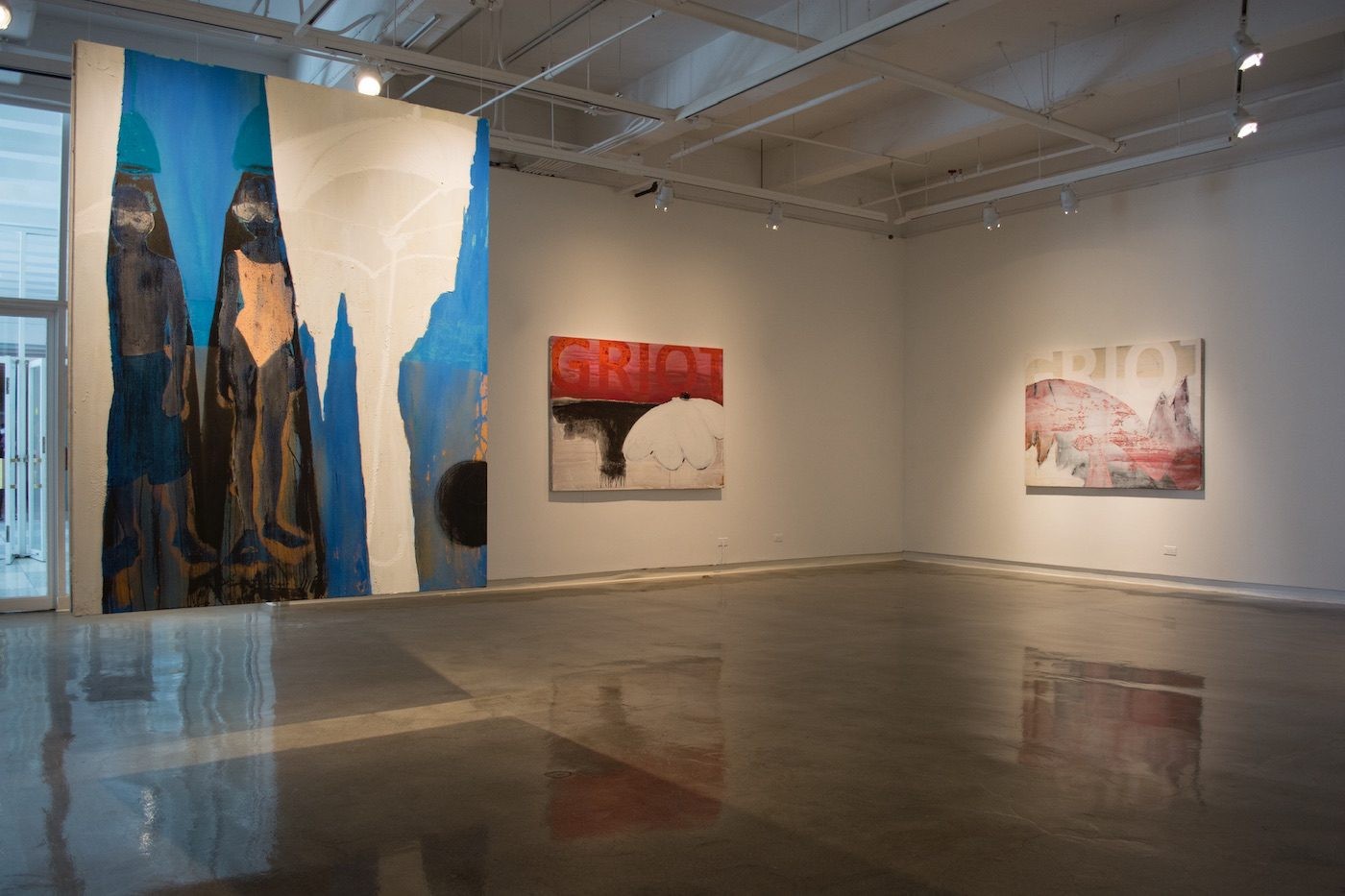
<figcaption> Exhibition view Baustein Building Holyoke, MA
C&: How do you reconcile your career as a professor with that of painter and performer? How does teaching influence an artistic career?
DKS: Working with students as a professor of art is not really separable from my work as an artist. The open curriculum at Hampshire College allows my research-heavy artistic work to inform my teaching. Our studio art program does not work on a “Painting I, Painting II, Painting III” basis. I teach classes like “Multimedia Crossings: Projects in Painting, Performance and Installation Art,” for example, or “From Brueghel to Basquiat and Bradford.”
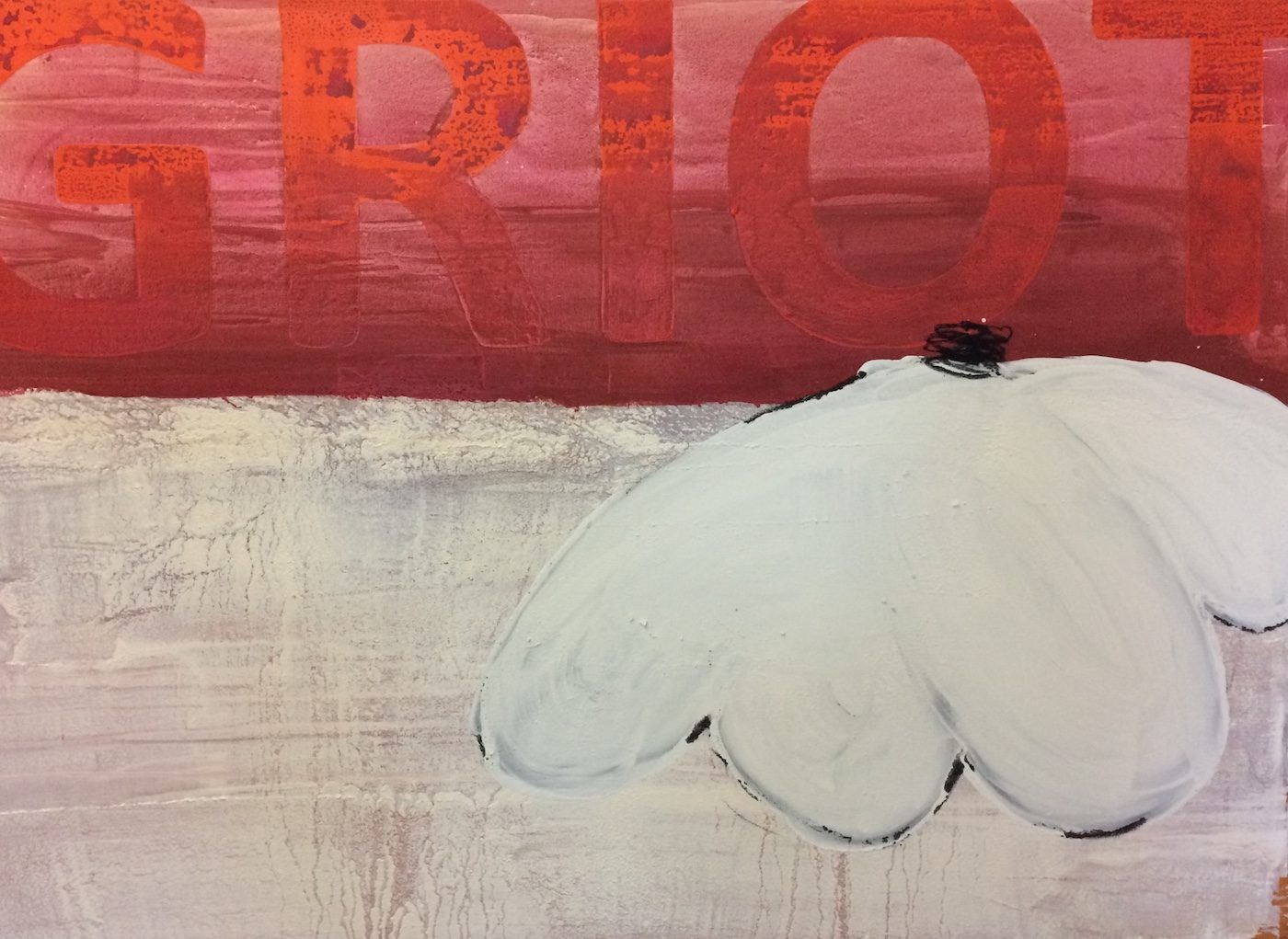
<figcaption> Daniel Kojo Schrade, Griot I, 2019. Oil, acrylic, charcoal on canvas 50 x 70 inches. Courtesy the artist.
C&: You studied in Germany and Spain. Some of your best-known series include Afronaut, Brother Beethoven, and Made in Diaspora, which contain cultural references personal to you. You’ve also been influenced by US Afrofuturism and artists such as Sun Ra and Lee Scratch Perry. How have your experiences in the US inspired your work and way of thinking since 2008?
DKS: While being able to attend performances by George Clinton, Parliament-Funkadelic, or DJ Spooky matters to me, I cannot limit my experiences and inspirations to a geographical space like the US. I have been based here for quite some time and keep getting more familiar with the work of artists like Maria Magdalena Campos-Pons, Julie Mehretu, the Native American painter Fritz Scholder, Miatta Kawinzi, Theaster Gates, and Greg Tate, and I occasionally work with some of them. It helps me broaden my understanding of the complexity of diaspora.
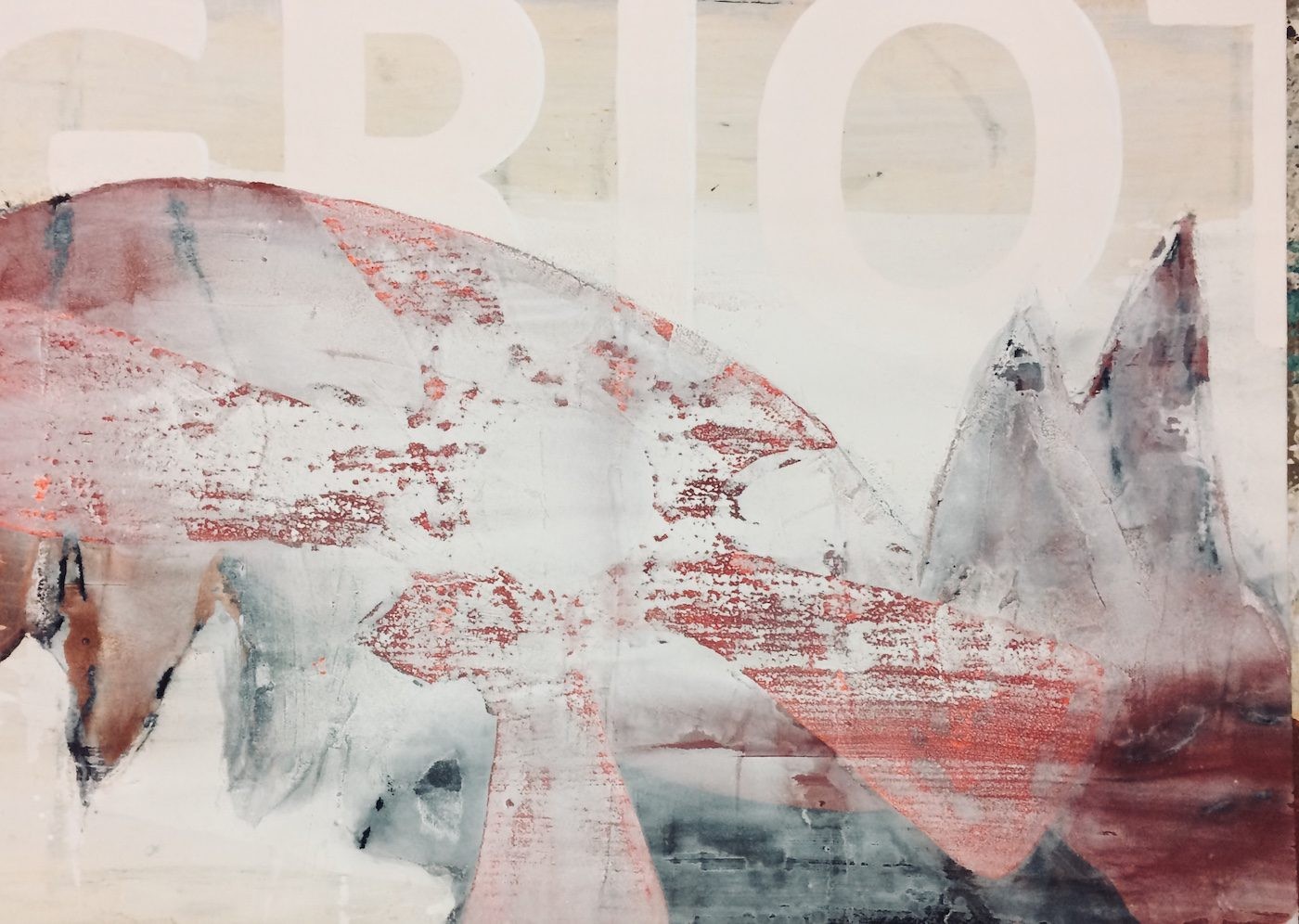
<figcaption> Daniel Kojo Schrade, Griot II, 2019. Oil, acrylic, charcoal on canvas 50 x 70 inches. Courtesy the artist.
C&: In general terms Germany has a long and established painting tradition, whereas the US has been much more open towards new mediums. How does your painting practice fit into the US painting tradition?
DKS: Well, one can describe my work as retro-futuristic from an Afrofuturist perspective with regards to the topics I engage with, but I don’t think I am seen here as a retro or traditionalist painter. Aside from the fact that my painting techniques are quite complex, such perceptions are also always about the context one places one’s work into.
C&: Who are the Afrofuture icons of tomorrow?
DKS: I would say Bernard Akoi Jackson, Miatta Kawinzi, Sondra Perry, and Thomas Sankara.
This text was commissioned within the framework of the project “Show me your Shelves,” which is funded by and part of the yearlong campaign “Wunderbar Together (“Deutschlandjahr USA”/The Year ofGerman-American Friendship) run by the German Foreign Office.
Daniel Kojo Schrade, professor of art, studied in Germany and Spain. He received an M.F.A. from the Academy of Fine Arts Munich, Germany.
By Will Furtado.
Read more from
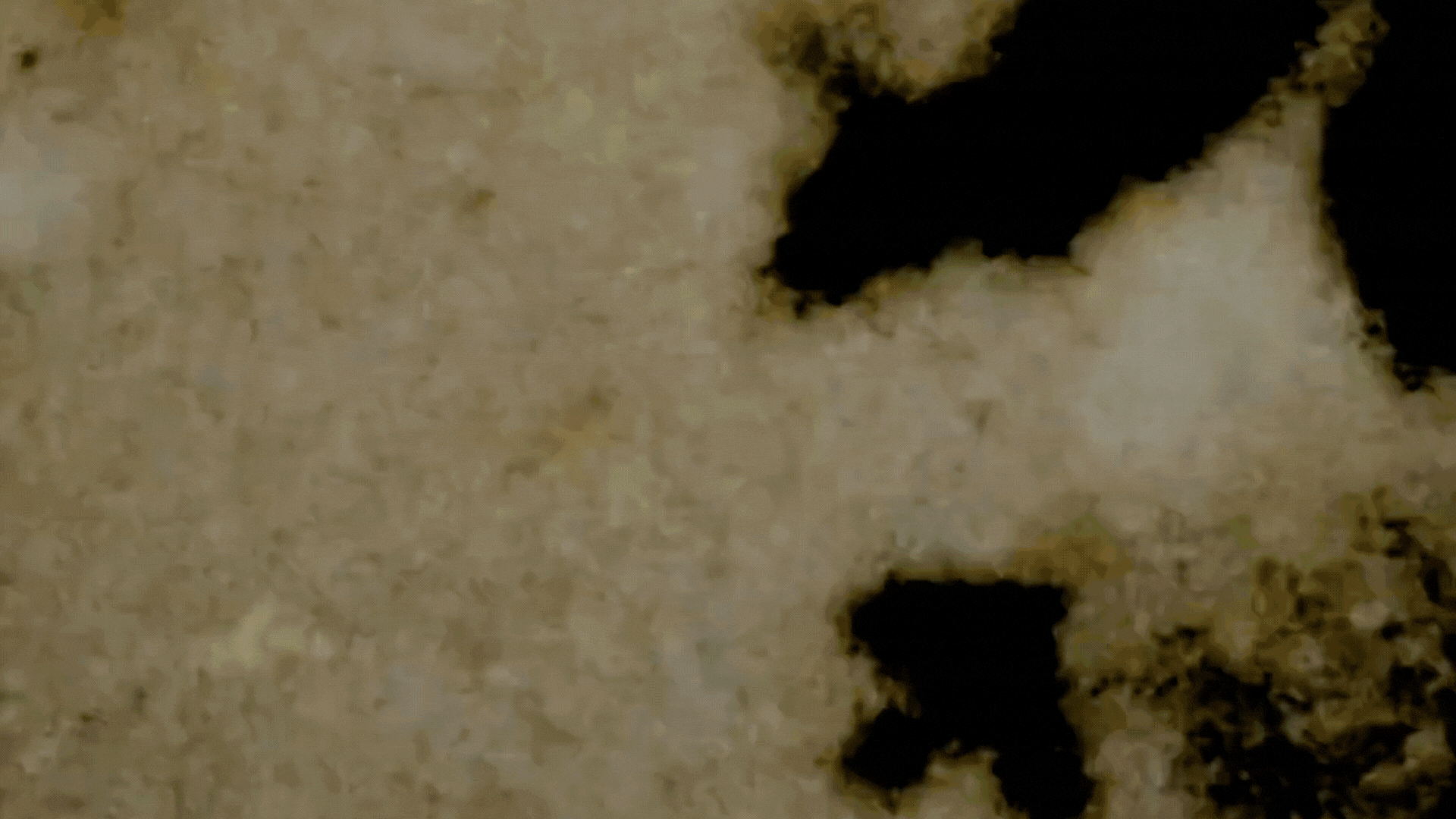
On Ghosts and The Moving Image: Edward George’s Black Atlas

Confronting the Absence of Latin America in Conversations on African Diasporic Art

On Exile, Amulets and Circadian Rhythms: Practising Data Healing across Timezones
Read more from

‘Apprendre à Flamboyer’: Collective Joy in Practice at Palais de Tokyo
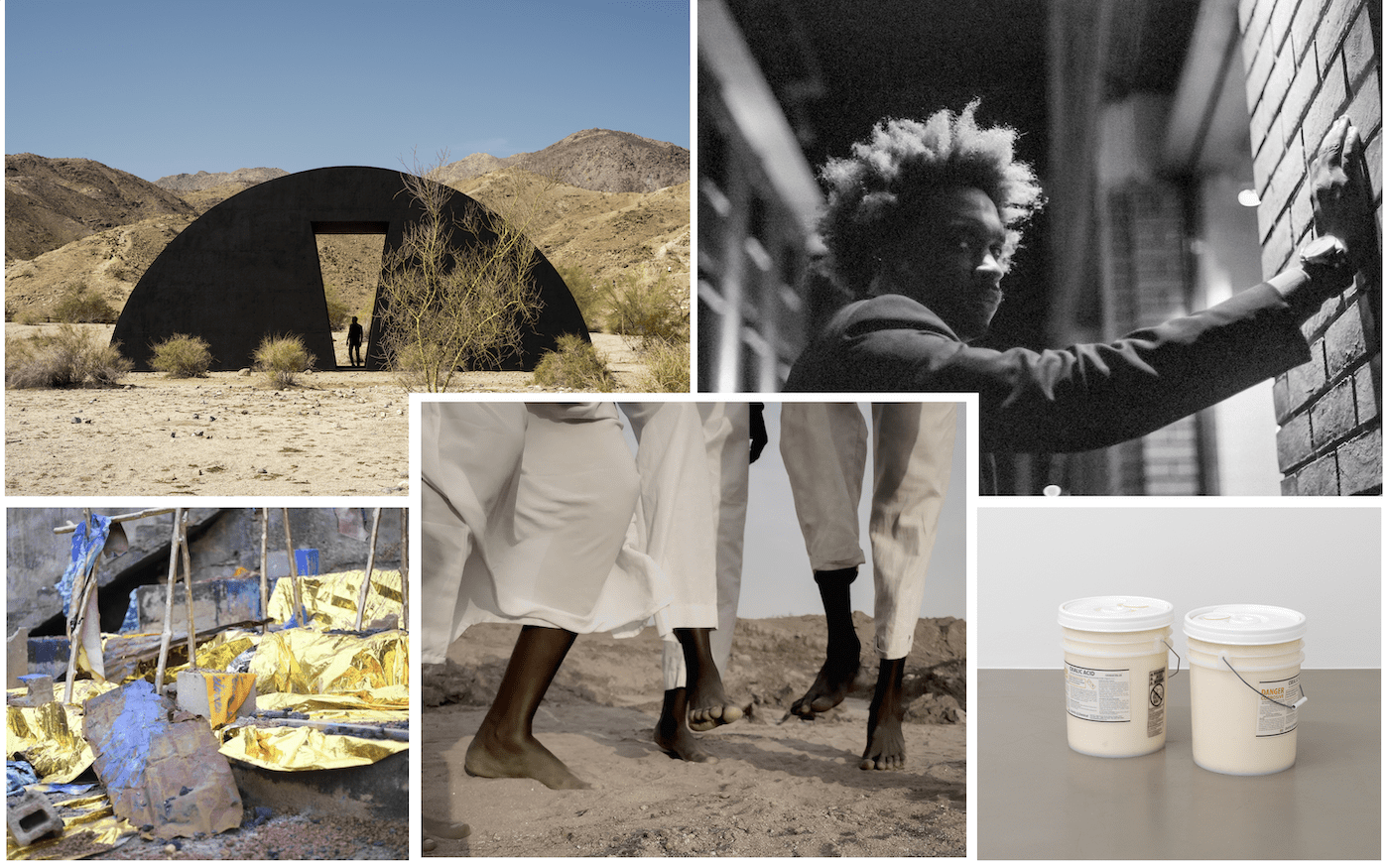
C& Magazine’s Highlights of 2023 You Might Want to Read Again
